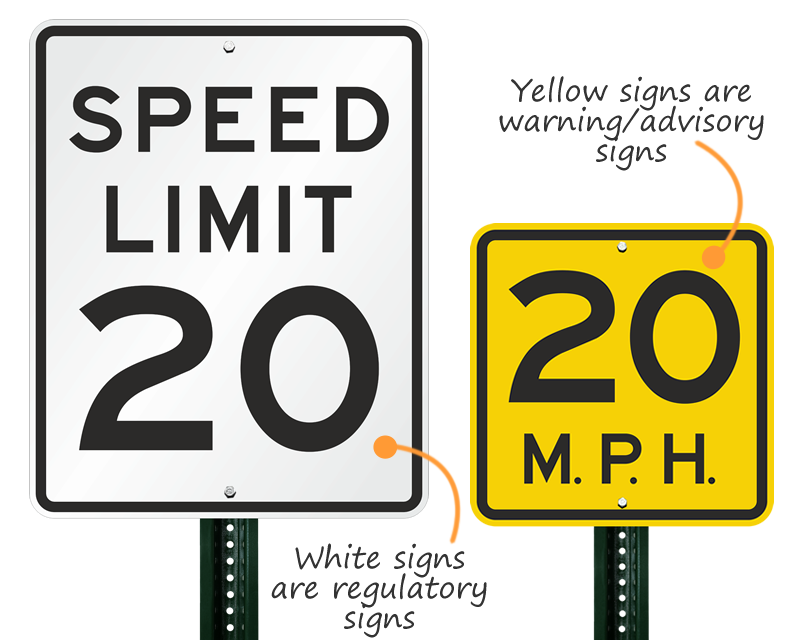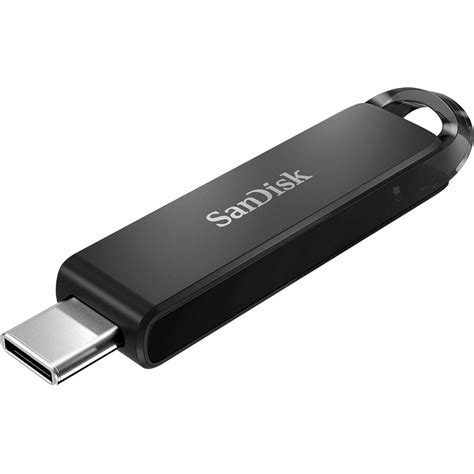Speed limit signs are a ubiquitous feature of modern road infrastructure, playing a crucial role in maintaining traffic safety and order. These signs, typically rectangular in shape with a black legend on a white background, are designed to inform drivers of the maximum speed at which they are allowed to travel on a particular stretch of road. The speed limit, usually denoted in miles per hour (mph) or kilometers per hour (km/h), is determined by a combination of factors, including road geometry, traffic volume, and the presence of pedestrians, cyclists, or other vulnerable road users.
The history of speed limit signs dates back to the early 20th century, when the first speed limits were introduced in response to growing concerns about road safety. In the United States, for example, the first speed limit was established in 1901 in Connecticut, with a maximum speed of 12 mph in cities and 15 mph on country roads. Over time, speed limits have evolved to reflect changing road conditions, vehicle technology, and societal attitudes towards safety. Today, speed limit signs are a standard feature of roads worldwide, with their design and placement governed by a range of national and international standards.
Key Points
- Speed limit signs are designed to inform drivers of the maximum speed allowed on a particular road
- The speed limit is determined by factors such as road geometry, traffic volume, and the presence of vulnerable road users
- The first speed limit was established in 1901 in Connecticut, with a maximum speed of 12 mph in cities and 15 mph on country roads
- Speed limit signs are governed by national and international standards, including the Manual on Uniform Traffic Control Devices (MUTCD)
- Effective speed limit signs can help reduce the risk of accidents, improve traffic flow, and enhance overall road safety
Design and Placement of Speed Limit Signs
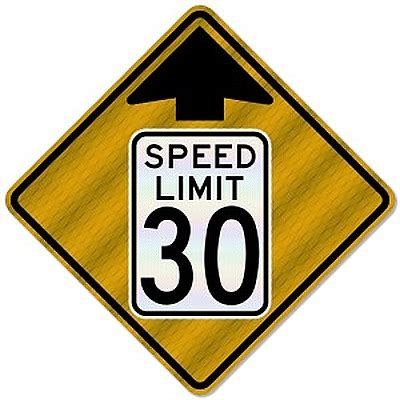
The design and placement of speed limit signs are critical factors in ensuring their effectiveness. According to the Manual on Uniform Traffic Control Devices (MUTCD), speed limit signs should be placed at regular intervals, typically every 1-2 miles, to remind drivers of the applicable speed limit. The signs should be clearly visible, with a minimum size of 24 inches x 24 inches, and a reflective surface to enhance visibility at night or in low-light conditions. The legend, or text, on the sign should be in a clear, sans-serif font, with the speed limit value displayed prominently in the center of the sign.
In addition to their design, the placement of speed limit signs is also subject to specific guidelines. For example, speed limit signs should be placed on the right-hand side of the road, facing the direction of travel, and at a height of between 5-7 feet above the pavement. This ensures that the sign is visible to drivers, while minimizing the risk of obstruction or damage. The MUTCD also provides guidance on the placement of speed limit signs in relation to intersections, curves, and other road features, to ensure that drivers are aware of the applicable speed limit at all times.
Types of Speed Limit Signs
There are several types of speed limit signs in use, each with its own specific purpose and design. The most common type of speed limit sign is the maximum speed limit sign, which indicates the highest speed at which drivers are allowed to travel on a particular road. Other types of speed limit signs include minimum speed limit signs, which indicate the minimum speed required to maintain safe traffic flow, and variable speed limit signs, which display different speed limits depending on traffic conditions.
| Speed Limit Sign Type | Description |
|---|---|
| Maximum Speed Limit Sign | Indicates the highest speed allowed on a particular road |
| Minimum Speed Limit Sign | Indicates the minimum speed required to maintain safe traffic flow |
| Variable Speed Limit Sign | Displays different speed limits depending on traffic conditions |
| Advisory Speed Limit Sign | Provides guidance on safe speeds for specific road conditions or features |
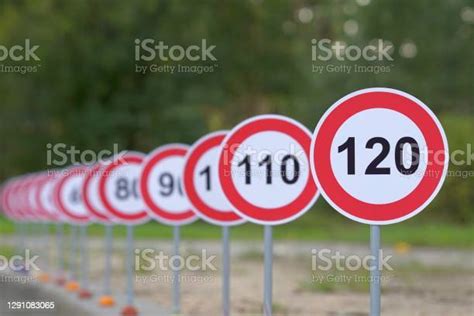
Benefits of Speed Limit Signs
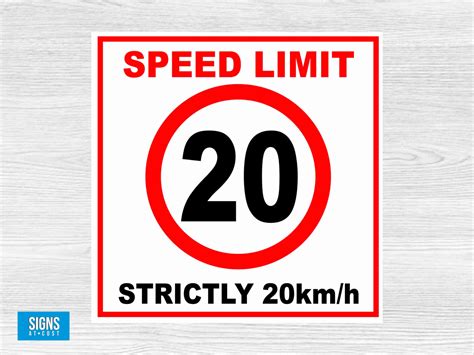
The benefits of speed limit signs are numerous and well-documented. By providing a clear and consistent indication of the applicable speed limit, speed limit signs can help reduce the risk of accidents, particularly those caused by excessive speed. Speed limit signs can also help improve traffic flow, by ensuring that drivers are aware of the safe speed for a particular road or traffic condition. Additionally, speed limit signs can help enhance overall road safety, by promoting a culture of safe driving and responsible road use.
In addition to their safety benefits, speed limit signs can also have a positive impact on the environment and the economy. By reducing the number of accidents and improving traffic flow, speed limit signs can help reduce traffic congestion and minimize the economic costs associated with accidents and congestion. Furthermore, speed limit signs can help promote sustainable transportation, by encouraging drivers to adopt safe and fuel-efficient driving practices.
Challenges and Limitations of Speed Limit Signs
Despite their many benefits, speed limit signs are not without their challenges and limitations. One of the main challenges facing speed limit signs is driver compliance, or the extent to which drivers adhere to the posted speed limit. Research has shown that driver compliance with speed limit signs can be influenced by a range of factors, including the design and placement of the sign, as well as the presence of other traffic control devices, such as speed cameras or police patrols.
Another challenge facing speed limit signs is technological advancements, which are continually evolving the way we think about speed limit signs and their role in road safety. For example, the development of intelligent transportation systems (ITS) and connected vehicle technology is enabling the creation of more dynamic and responsive speed limit signs, which can adjust to changing traffic conditions in real-time. While these technological advancements offer many benefits, they also raise important questions about the future of speed limit signs and their role in maintaining a safe and efficient transportation network.
What is the purpose of speed limit signs?
+The purpose of speed limit signs is to inform drivers of the maximum speed at which they are allowed to travel on a particular road, in order to maintain traffic safety and order.
How are speed limits determined?
+Speed limits are determined by a combination of factors, including road geometry, traffic volume, and the presence of pedestrians, cyclists, or other vulnerable road users.
What are the benefits of speed limit signs?
+The benefits of speed limit signs include reducing the risk of accidents, improving traffic flow, and enhancing overall road safety, as well as promoting sustainable transportation and reducing traffic congestion.
What are some of the challenges facing speed limit signs?
+Some of the challenges facing speed limit signs include driver compliance, technological advancements, and the need for clear and consistent signage to ensure that drivers are aware of the applicable speed limit.
How are speed limit signs designed and placed?
+Speed limit signs are designed and placed according to specific guidelines, including the Manual on Uniform Traffic Control Devices (MUTCD), which provides guidance on the size, shape, and placement of speed limit signs to ensure that they are clearly visible and effective.
In conclusion, speed limit signs play a critical role in maintaining a safe and efficient transportation network. By providing clear and consistent information to drivers, speed limit signs can help reduce the risk of accidents, improve traffic flow, and enhance overall road safety. As technology continues to evolve and transportation systems become increasingly complex, it is essential that speed limit signs remain a vital component of our road infrastructure, helping to promote a culture of safe driving and responsible road use.
